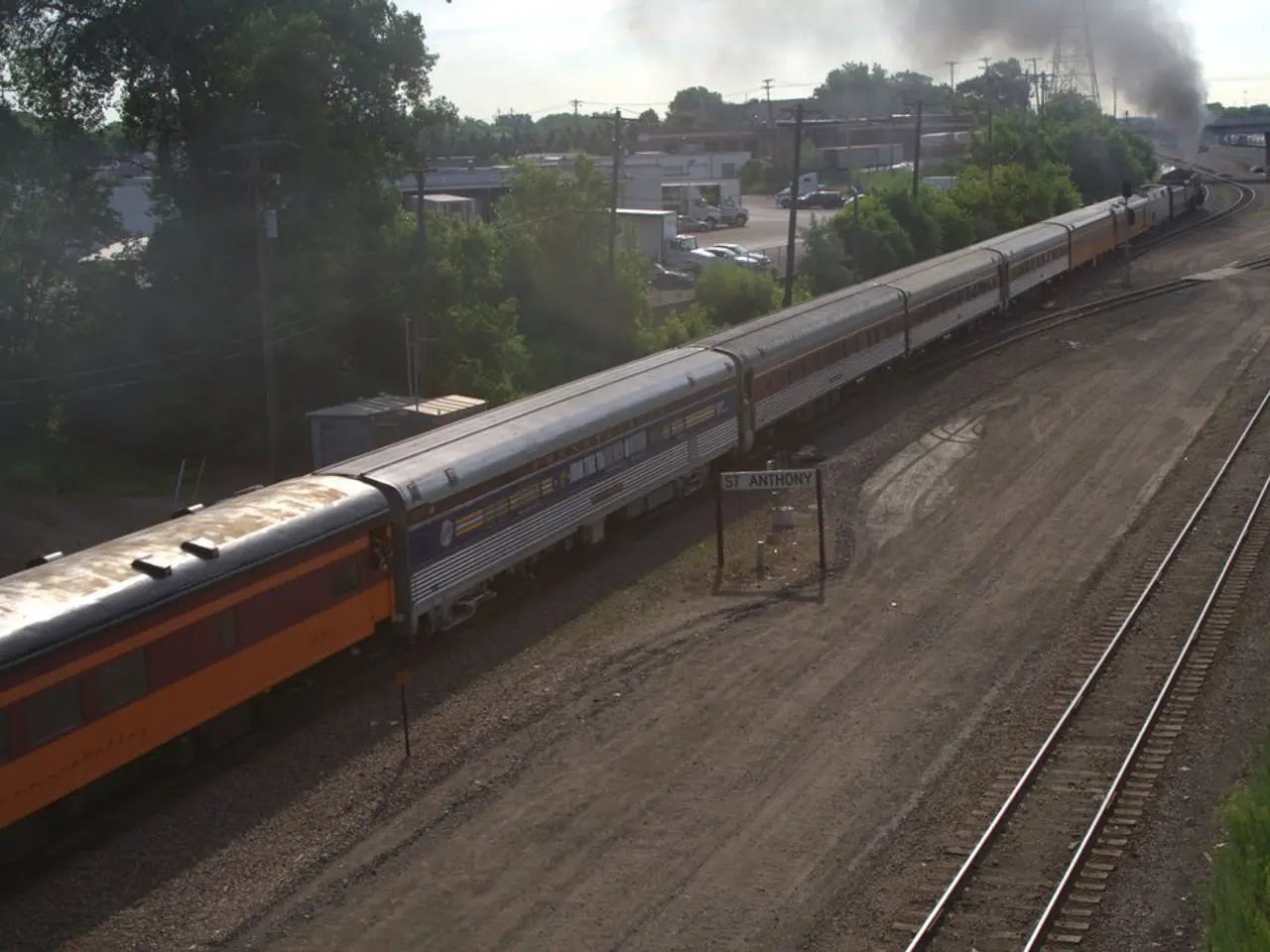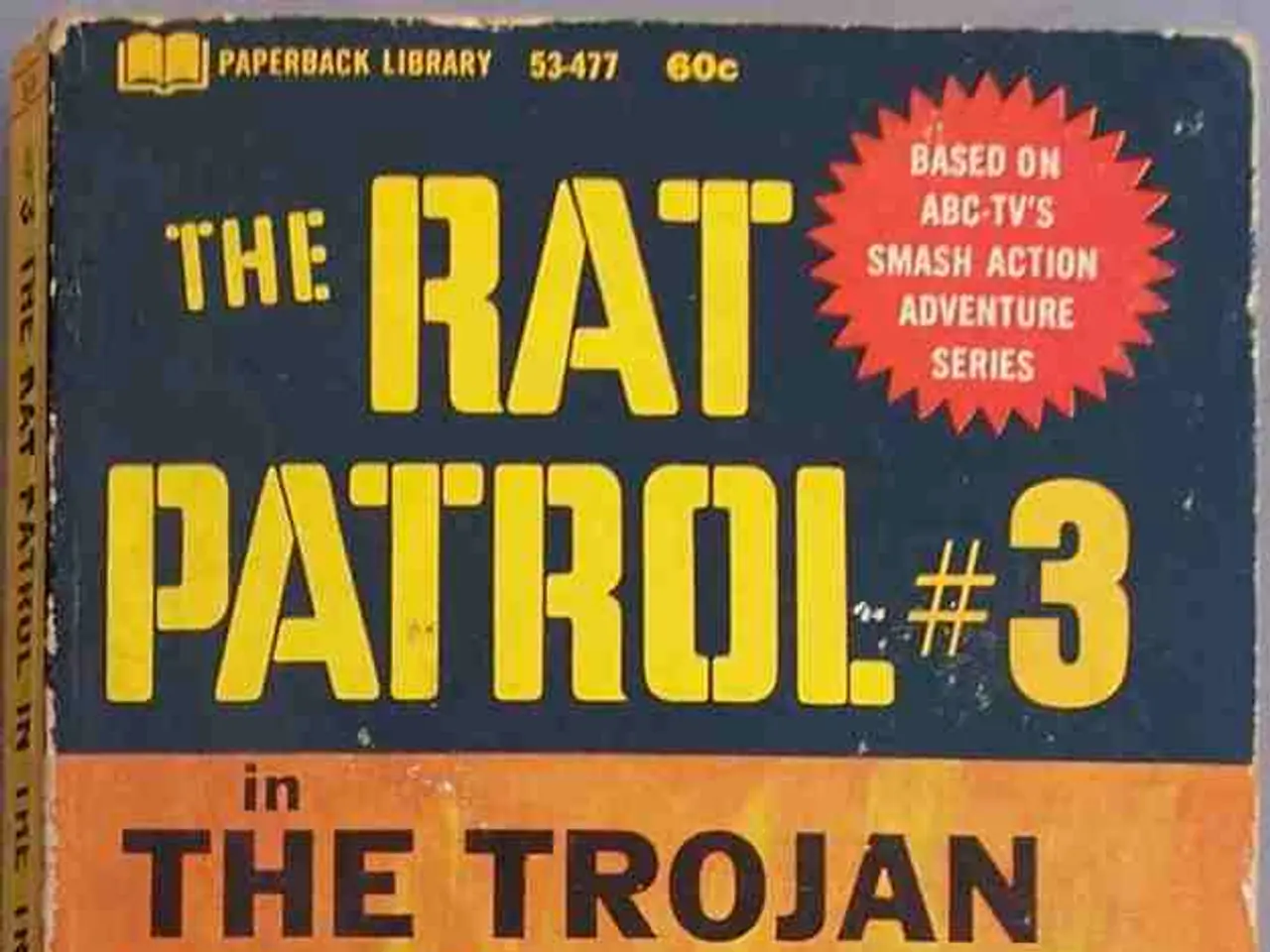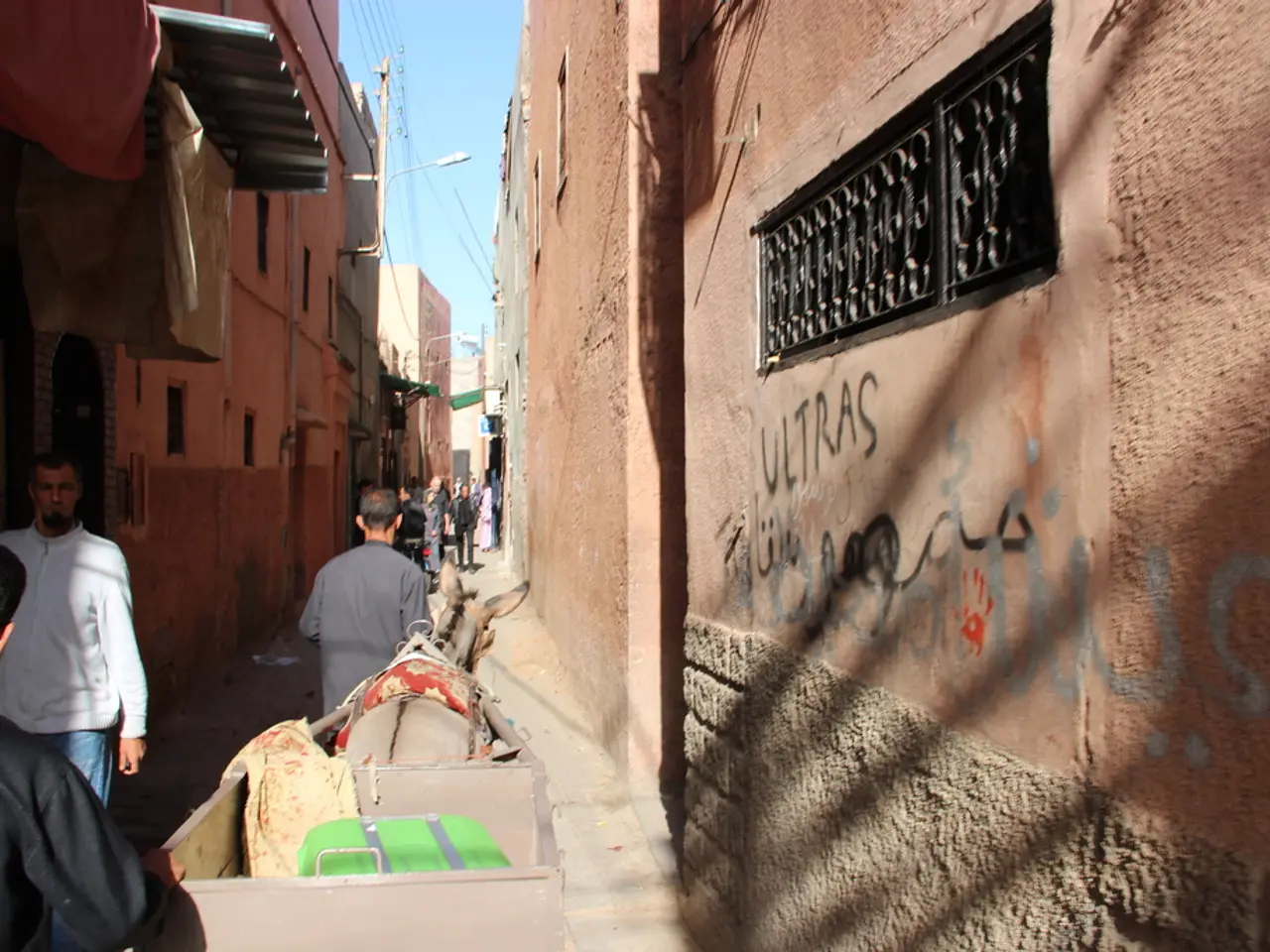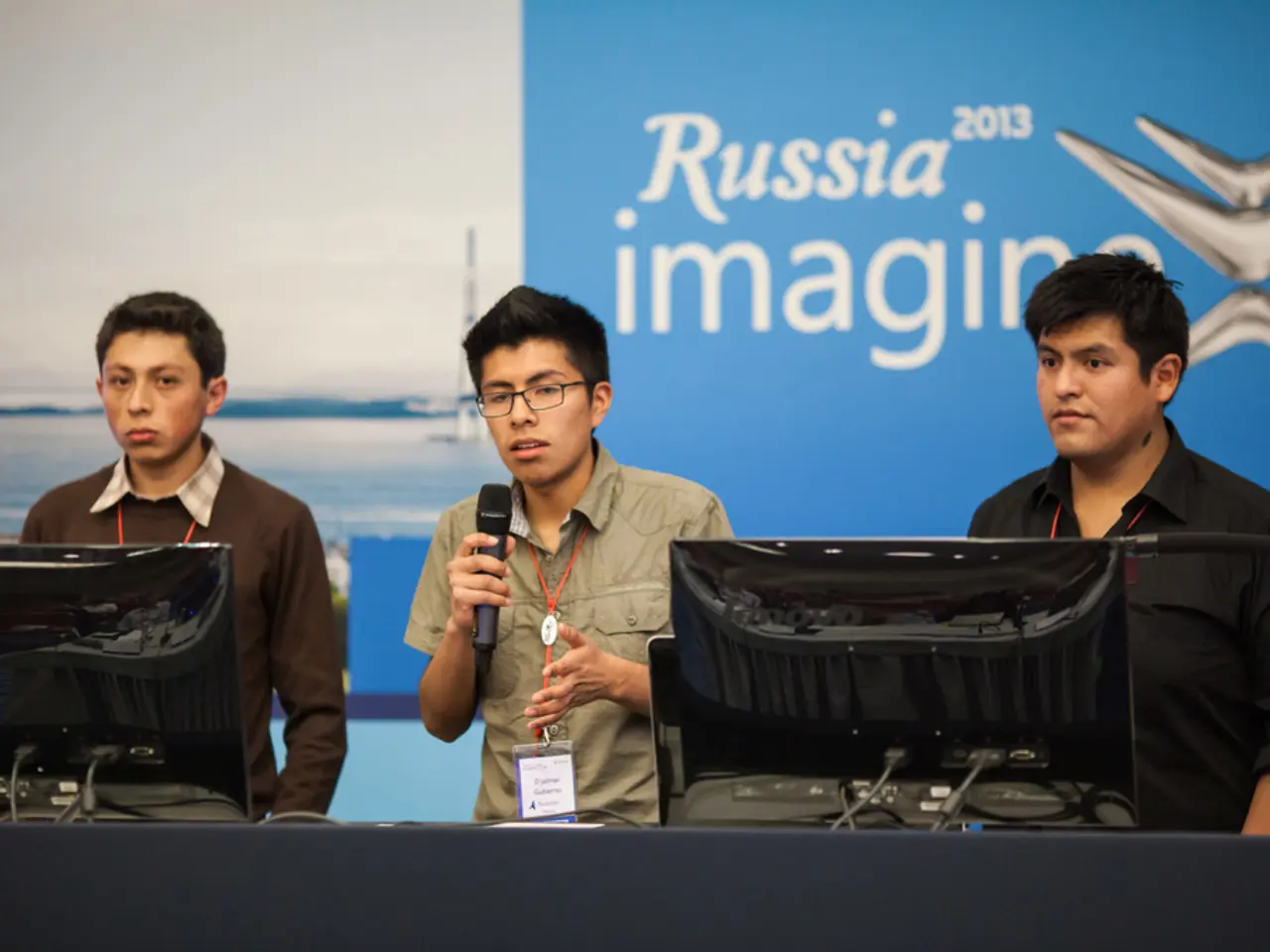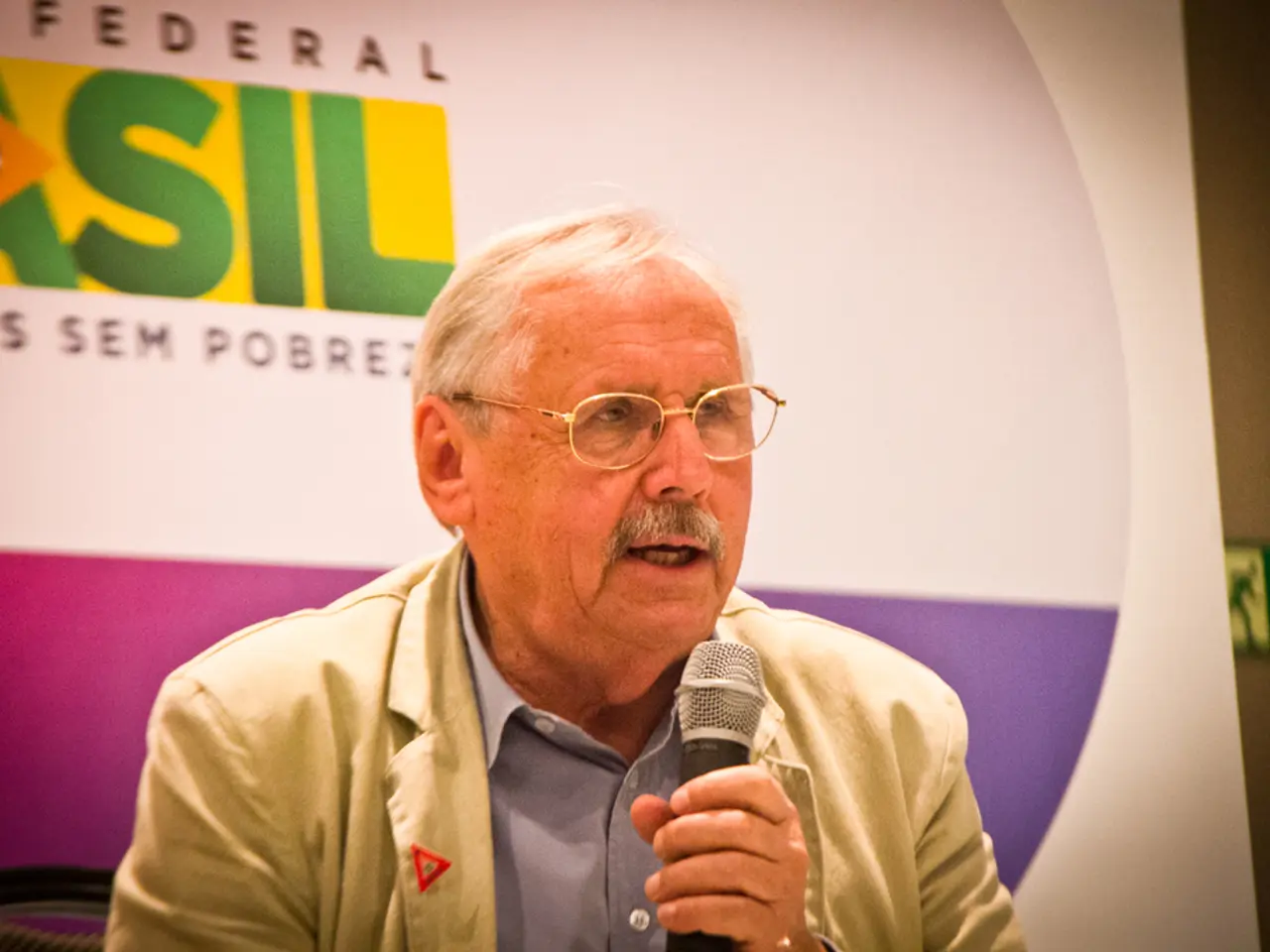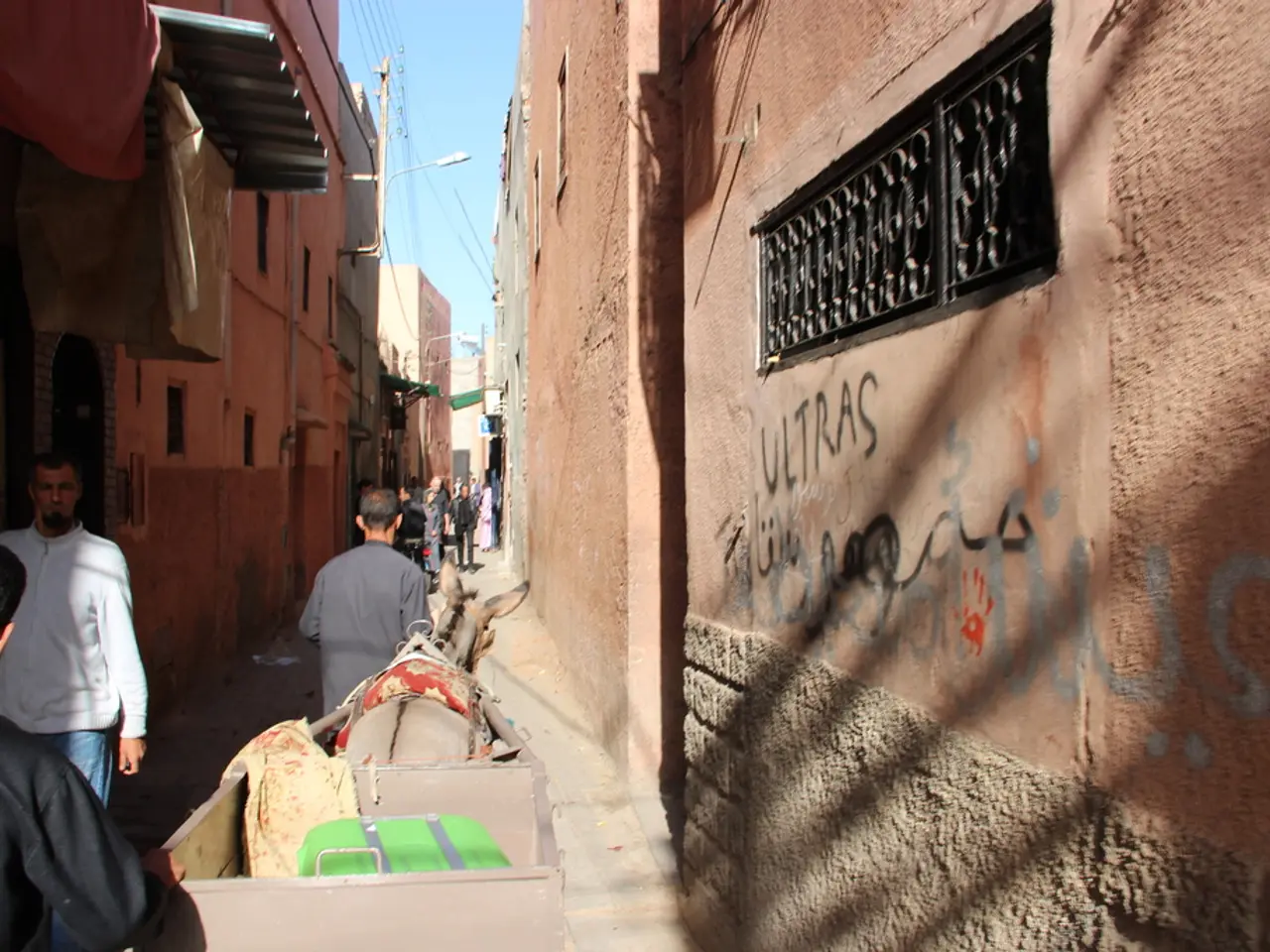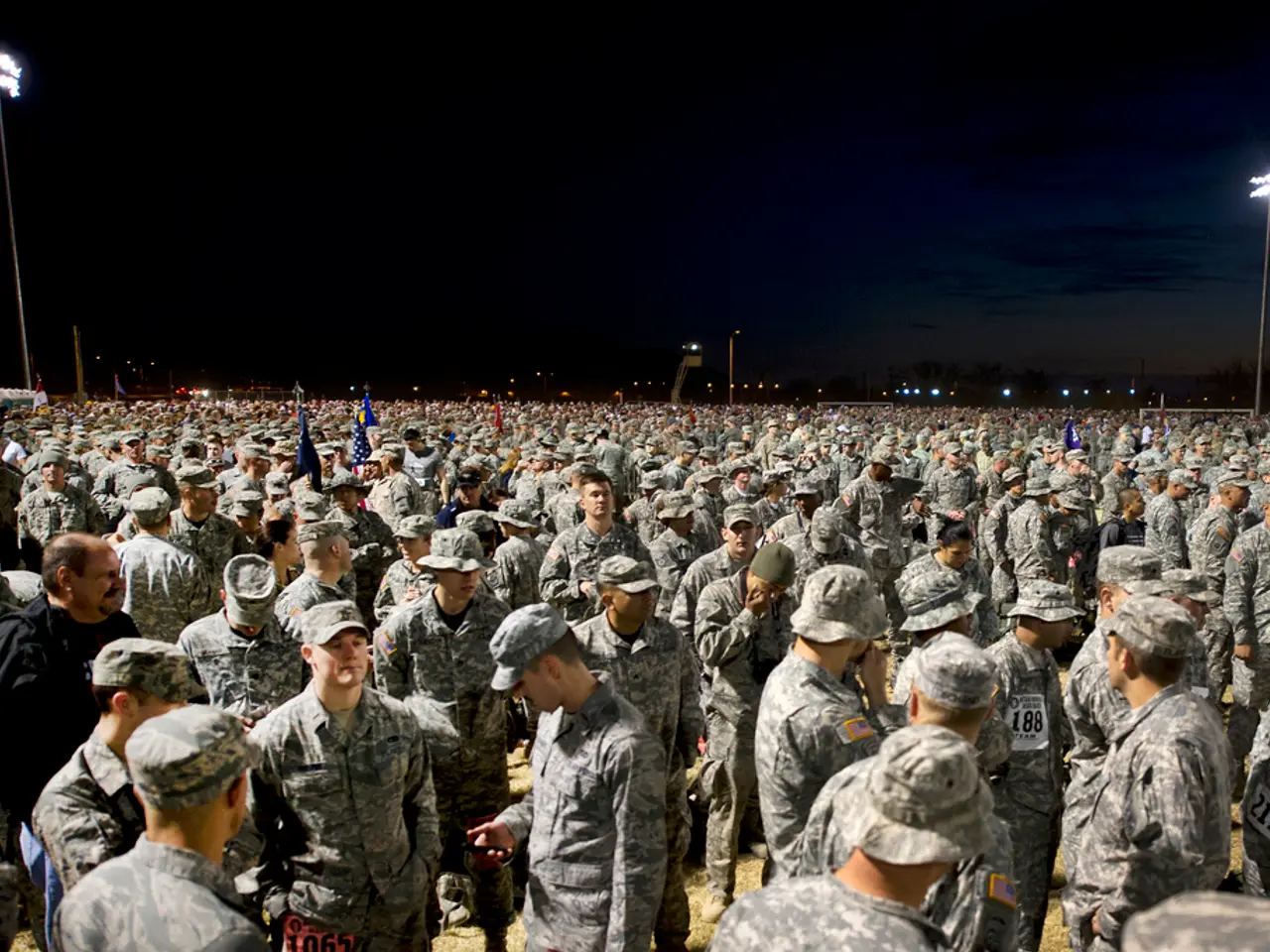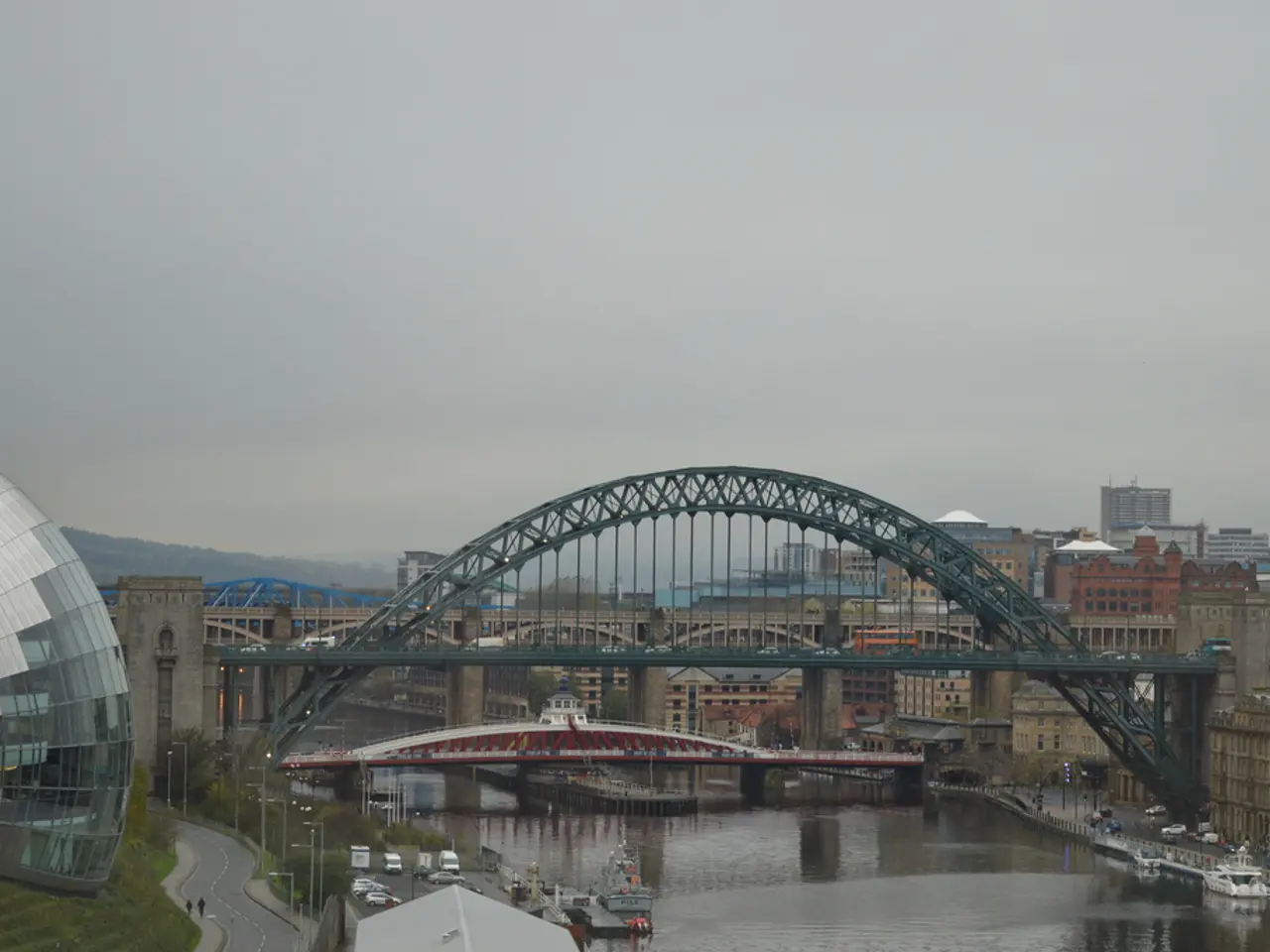Politically driven misuse of public funds in the Orgreave inquiry
The Orgreave Incident, also known as the "Battle of Orgreave," took place on June 18, 1984, near Sheffield, England, during the tumultuous 1984-1985 UK miners' strike. This industrial dispute, led by the National Union of Mineworkers (NUM) under Arthur Scargill, was a response to the Conservative government's plans to close unprofitable coal mines and weaken trade unions[1][2][4].
On that fateful day, approximately 6,000 pickets from the NUM clashed with around 8,000 police officers at the British Steel Corporation's coking plant. The confrontation turned violent, with police charges and use of batons resulting in over 120 injuries and the arrest of about 95 miners[2][3][4]. These charges were later dropped when evidence was discredited.
Historical Significance:
The Orgreave Incident symbolized the intense struggle between the Thatcher government and the British labour movement, marking one of the most violent and bitter episodes in British industrial history[1][4]. The strike ultimately ended in defeat for the miners, leading to widespread pit closures and a lasting weakening of trade union power in the UK[1]. The miners' strike and Orgreave became a powerful symbol of state power used against organized labour and remain central to debates about policing, justice, and workers’ rights in Britain.
Continuing Controversy:
For decades, there have been accusations of excessive police force, misconduct, collusion, and evidence fabrication during the Orgreave Incident[2][4]. Campaigners and families of striking miners have demanded a full public inquiry, which was finally announced in 2025 and headed by the Bishop of Sheffield. The inquiry aims to examine police actions and official conduct during the Orgreave events, offering hopes for transparency and accountability[2][3][4].
The unresolved issues and delayed justice have kept Orgreave as a potent symbol of systemic injustice and political betrayal for many left-wing activists and trade unionists in the UK. The Orgreave Truth and Justice Campaign (OTJC) seeks validation of its own interpretation of what happened at Orgreave, seeking confirmation of a government conspiracy to smash the working classes.
Today, the NUM has fewer than 200 members, a stark contrast to its size during the miners' strike. The Orgreave Incident, however, continues to resonate as not only a landmark event in the history of British labour struggles but as an emblem of a deeply divisive moment in British political and social history. Its legacy is a point of ongoing debate around police brutality, the rights of workers, and the state's role in suppressing dissent, ensuring it remains a contentious and evocative issue for the British Left today.
References: 1. The Guardian 2. BBC News 3. The Independent 4. The Orgreave Truth and Justice Campaign
- The Orgreave Incident, a violent clash between striking miners and police during the UK miners' strike of 1984-1985, has reignited debates about police conduct and workers' rights, as ongoing accusations of excessive force, misconduct, and evidence fabrication remain unresolved.
- The Orgreave Incident, symbolizing the intense tension between politics, policy-and-legislation, and general-news during Margaret Thatcher's administration, persists as a contentious symbol of systemic injustice and political betrayal for many involved in British politics and the labour movement.
